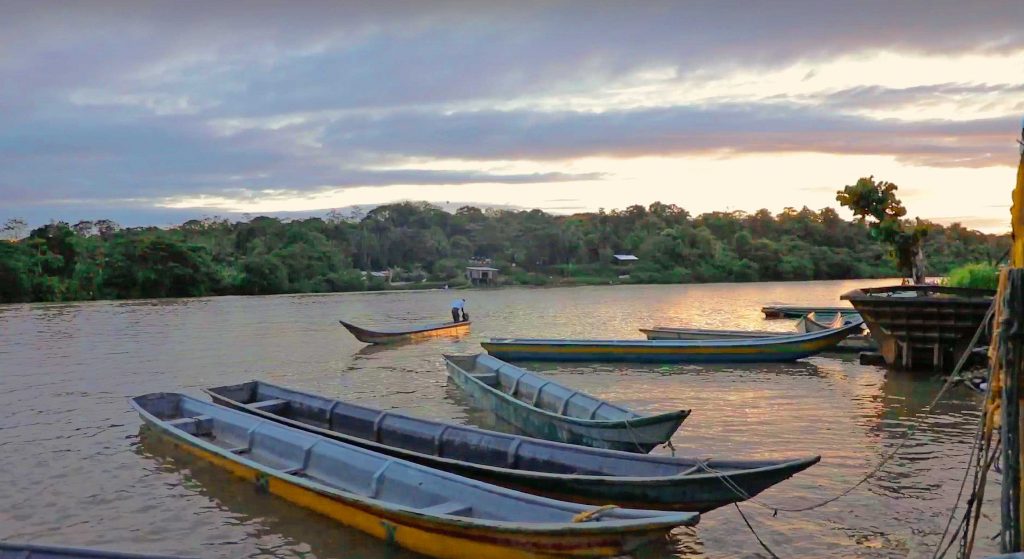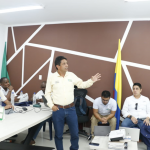Through inter-institutional work, comprehensive management is being carried out in favor of the biodiversity of the Pacific Caucan.
At the meeting, issues related to the progress of the projects that the entity executes in that region of the department were discussed, as well as the work carried out with the communities on issues related to education, promotion and environmental protection.
There was also a broad presentation on control, protection and surveillance actions, as well as projects being developed in terms of mining, reforestation, soil recovery and mangrove restoration. The actions undertaken within the framework of the Pacific-Biocultural Agreement (GEF), which is executed by FAO and whose objective is to incorporate the sustainable management and conservation of biodiversity, as well as ecosystem services in vulnerable landscapes of the Colombian Pacific, were supervised.
In 2020, the Board of Directors of the CRC approved agreement 008, through which the K’õk’õi Euja Regional Protective Forest Reserve was declared, a protected area located in the municipalities of Timbiquí and López de Micay, which has 11,641 hectares. , which represent 56.9% of the territory of the Calle Santa Rosa indigenous reservation of the Eperãra Siapidaarã people.
This area is part of the Saija River Key Biodiversity Area, prioritized by the Alliance for Zero Extinction, due to the presence of the Golden Dart Frog (Phyllobates terribilis), an endemic species that is in danger of extinction, according to the lists of the International Union for Conservation of Nature (IUCN). In its habitat, Calle Santa Rosa indigenous reservation, is the plant Anthurium siapidaarae, in a vulnerable state of threat.
The Autonomous Regional Corporation of Cauca has carried out actions in coordination with the members of the indigenous reservation St. Rose Street and the community councils of Timbiquí, Guapi and López de Micay, which are strategic allies in the different environmental exercises on the Pacific coast of Cauca, as well as the Ecohabitat Foundation, with which campaigns for the improvement, promotion and protection of this area are directed.
Likewise, under the guidance of the CRC, passive restoration projects are being carried out in areas degraded by illegal mining, with the Renacer Negro Community Council being a strategic ally in this process that implies the development of ecological restoration strategies in mangrove areas and transitory ecosystems associated with Naidí (Euterpe Oleacera), in addition to forest exploitation.
For its part, the environmental education area of the CRC, within the framework of the PRAE School Environmental Projects, has carried out important actions in the Pacific of Cauca with the objective of raising awareness and executing actions tending to promote in students the value of care and environmental protection, apart from the constant monitoring carried out by specialists from the entity through the various wildlife cameras located in the sector.

In this way, in coordination with the FAO within the framework of the Pacific Biocultural agreement and its four components (institutional and community strengthening, management of protected areas, sustainable production and knowledge management) in association with the different entities that are part of the project, It has executed an integral management of biodiversity in the Pacific region of Cauca, which supports self-management and environmental knowledge of the territory for an integral development in the communities.
The Regional Autonomous Corporation of Cauca CRC, in the municipality of Timbiquí, ratified its commitment as an environmental authority with all the subregions of the department, guiding actions and strategies aimed at social development to have an environmentally and sustainable Cauca.

